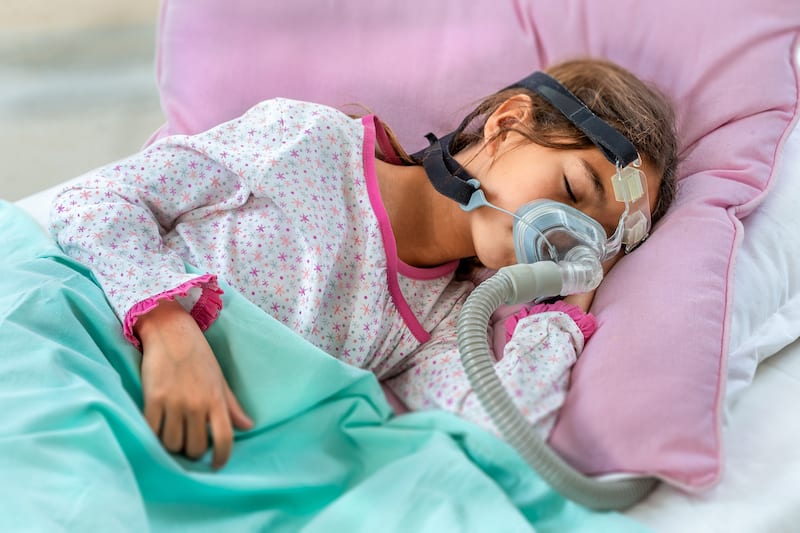Posted on October 17, 2022
Bedwetting: How To Help Your Child Through The Treatment
Bedwetting is a common problem that affects up to 10% of boys and girls. There are many different ways to treat bedwetting, but the most effective treatment depends on the cause. If your child has an overactive bladder, they may need to take medications or undergo special treatments to control their bladder. If your child has a neurologic disorder or is experiencing developmental delays, they may also require more specific treatment.
He or she can help you determine if your child needs any additional treatment and recommend resources for you. There are many bedwetting treatments, and the most effective one depends on the cause. If the bedwetting is due to a physiological disorder, such as a problem with the bladder muscles, then treatment may involve medication.

Image Source: Google
If the bedwetting is due to stress or anxiety, then counseling or relaxation therapy may be recommended. If the bedwetting is due to environmental factors, such as spending too much time in a hot environment, then restricting water intake may be necessary.
There are many potential causes of bedwetting and it is usually not simply a case of being wet at night. Bedwetting can be caused by a number of factors including:
Enuresis (bedwetting) is the most common type of sleep-related wetting, affecting up to 10% of children. The cause is unknown but there may be a combination of environmental and genetic factors.
Urinary stress incontinence (USI) is an umbrella term for several different types of urinary problems that cause people to leak urine during physical activity or at other times. In about 50% of cases, USI is caused by bladder weakness and in about 25% by pelvic floor dysfunction (PFD). Bladder weakness can result from a variety of conditions such as uropathy, neurological disorders, spinal cord injuries, diabetes, pregnancy, childbirth, or chemotherapy treatments. Pelvic floor dysfunction can be due to diseases such as vulvodynia or interstitial cystitis, childbirth trauma, or aging.
